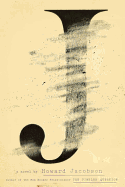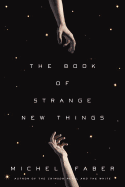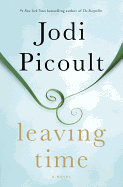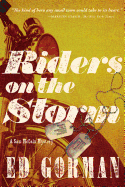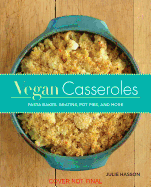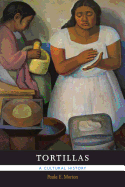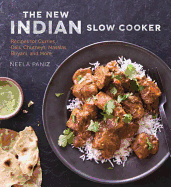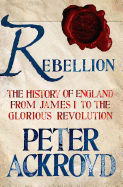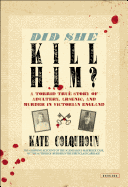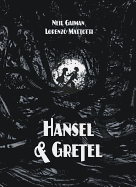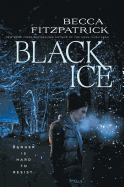 |
| photo: Zachary Ayotte |
Vivek Shraya is a Toronto artist whose work includes music, performance, literature and film. In his new novel, She of the Mountains (Arsenal Pulp Press), Shraya interlaces a contemporary, queer coming-of-age story with a re-imagining of Hindu mythology. Though vastly different in tone and subject matter, both narratives examine the complex relationship between human beings and their own bodies. Supplementing the text are illustrations by Canadian artist Raymond Biesinger, whose work has appeared in such publications as the New York Times and the New Yorker.
She of the Mountains fluctuates between modern times and a re-imagining of Hindu mythology. Is the latter something that's always interested you?
Growing up in a Hindu household, I fell in love with the various gods and goddesses largely because Hindu mythology is passionate, gory and magical. This appealed to my childhood imagination. As an adult, I am no longer a practicing Hindu, but Hinduism will always be a part of me and continues to inspire.
How has your understanding of Hindism influenced or shaped your perception of gender and sexuality?
Hindu gods are often depicted with long hair, wearing jewelry and possessing a soft demeanor, all qualities that in North America are designated to women. So as a genderqueer child, I felt a kinship with these gods. They validated my differences and made me feel less abnormal.
In the novel, certain phrases, such as "you're gay," are repeated continuously, sometimes filling an entire page. What are your thoughts on the significance of repetition, both in writing and in life?
Songwriting has been my entry point into writing, and in songwriting, repetition is often employed as way to highlight a message.
With the you're gay sections in particular, I wanted the reader to be able to viscerally engage with the experience of homophobia, to have insight into what repeated verbal assault feels and looks like.
In life, I think many of us have cycles of learning that we repeat. My personal growth has often been connected to understanding why I keep making the same mistakes or creating the same patterns as a way to hopefully, one day, stop.
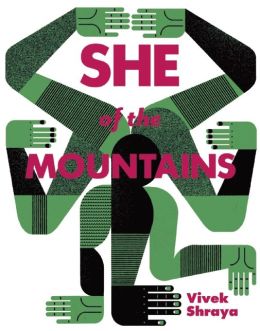 The characters in the novel fight constant skepticism from those who do not understand or accept bisexuality. In your opinion, is this an issue that those who identify as queer or bisexual continue to face?
The characters in the novel fight constant skepticism from those who do not understand or accept bisexuality. In your opinion, is this an issue that those who identify as queer or bisexual continue to face?
Biphobia is definitely prevalent outside and within LGBTQ communities, and has been a form of discrimination I have personally encountered. There is a pressure to have just one kind of attraction, and an individual who refuses to do so is perceived as closeted or confused. There is even a saying that speaks to this: "Bi now, gay later." This was why the original intention behind the book was to write something that would challenge biphobia. I felt that the only way to do this was to write a bi/queer love story.
You work with a range of art forms--What I LOVE About Being QUEER, for instance, was a book, a film and a Tumblr page. How is writing a book a distinct experience? What does it allow you to do or not do, in comparison to other art forms?
For me, writing is the hardest medium. I have not quite figured out why, but a good sentence can take me a day, sometimes days to craft, whereas I can generally write a song in a few hours. Perhaps it's because the medium is relatively unstructured, where I literally have a blank page that I can fill any way I choose. This can feel like a lot of pressure. In other mediums, there are limitations. I work well with limitation. Again, to use the example of songwriting, I know I have three to four minutes to get my point across, within a pop format of verse/chorus/verse/chorus/bridge/chorus, or a close variation of this.
What I LOVE received a great deal of press, from BuzzFeed to the Huffington Post to Elle Magazine India. Did this response influence the work that came after it?
I am grateful for the response to the project but it has not influenced the project. If anything, the response has reinforced the hunger for and the importance of creating self-love models.
How else does She of the Mountains differ from your past work?
I am fortunate that it is only after I complete a project that I am faced with doubt about it. She of the Mountains is the first project that I have encountered fear during the creative process, an immutable internal nagging that the writing wasn't good enough, would be misunderstood, or wouldn't appeal. This is one of the reasons why this is the most challenging project I have worked on.
What's next?
Currently, I am working on a new exhibit/performance entitled Your Cloud, which will premiere at Videofag in February 2015, as part of Buddies in Bad Times Theatre's Rhubarb Festival. It is an exploration of the weight and disposability of digital communication, and for this I have put out an open call for texts/e-mails that haven't been responded to. Shelf Awareness readers are invited to participate and can read more about this here!
I am also preparing for three book tours in the fall which will be taking me all across North America. All the tour dates can be seen here. --Annie Atherton
Vivek Shraya: Transformed by Love
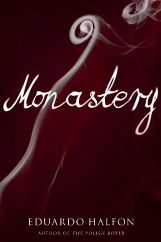




 The characters in the novel fight constant skepticism from those who do not understand or accept bisexuality. In your opinion, is this an issue that those who identify as queer or bisexual continue to face?
The characters in the novel fight constant skepticism from those who do not understand or accept bisexuality. In your opinion, is this an issue that those who identify as queer or bisexual continue to face?